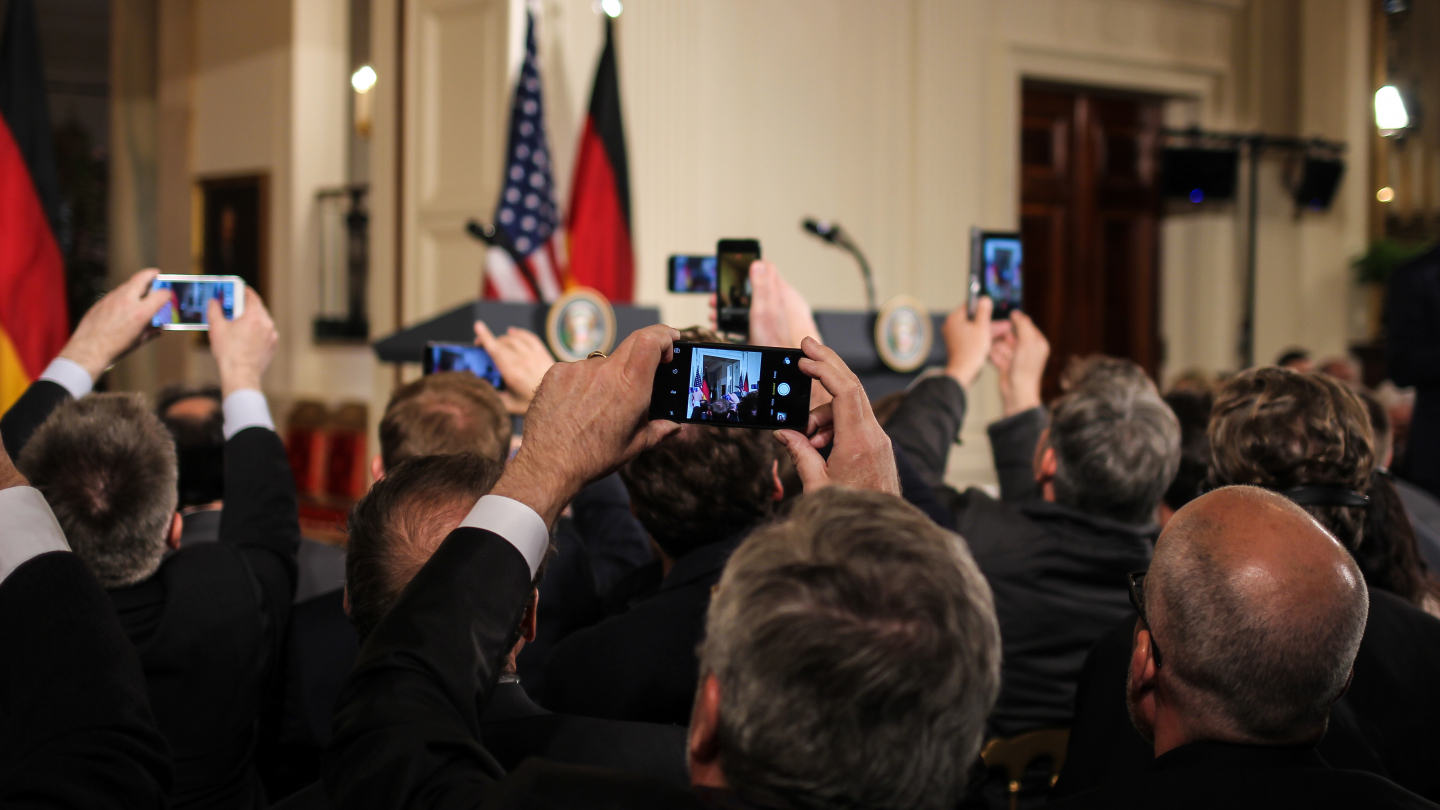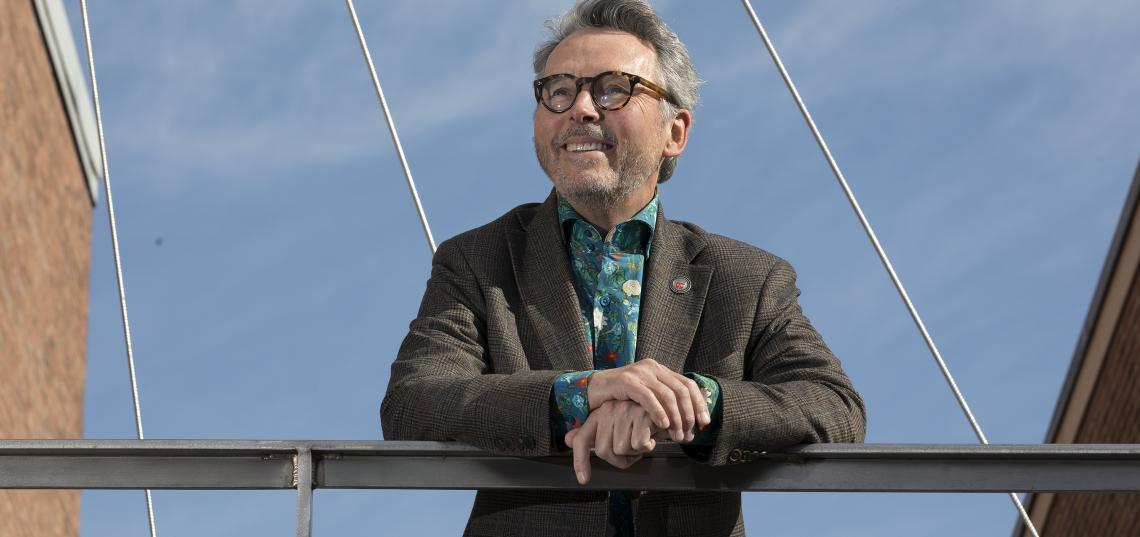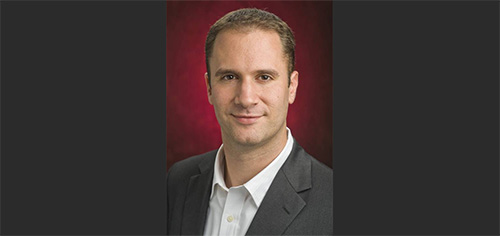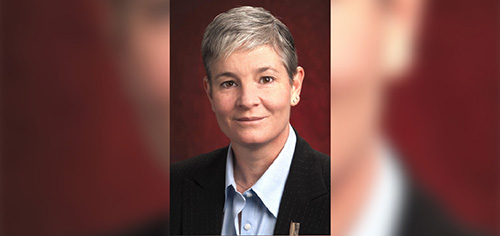Search
Displaying 651 - 660 of 1306
Rutgers Today interviews Assistant Professor of Journalism and Media Studies Khadijah Costley White.

Joe Biden will be sworn in as the 46th president of the United States at noon on January 20.

As the founder and head of Muslim.co, the first international news and lifestyle publication for Millennial and Gen Z Muslims, Al-Khatahtbeh, at 22, is the youngest to make the list in the media category.

Welcome back to the spring 2021 semester. As teaching starts we are, of course, disappointed that it must be delivered at a distance. We welcome your understanding of why that is. And I want to let you know, how grateful we are to have you as part of the SC&I community.

Matthew Weber, a communication scholar whose research examines media, organizational change, and communication dynamics, has rejoined SC&I as an associate professor with tenure after having served for several years as an endowed faculty member at the University of Minnesota Twin Cities.

Rutgers researcher explains how understanding media and advertising helps with substance abuse among adolescents.

“The beautiful thing about people is we all come from different backgrounds, beliefs, experiences, and cultures. Absorbing knowledge from others is the best advice I have received as it allows me to learn and think with an open mind.”

SC&I alumnus Kevin Samaniego Calva ’20, who graduated with a degree in Information Technology and Informatics (ITI), is working as a software engineer and helping friends expand a nonprofit focused on environmental cleanup.

SC&I alumna Clarissa Guzman ’20, who graduated with a degree in Information Technology and Informatics (ITI), is finding early success as she uses her knowledge to guide her interests.

In a chapter titled “Networked Street Life,” published in the new “Oxford Handbook of Sociology and Digital Media,” Assistant Professor Jeffrey Lane addresses a new area of ethnographic field research that “links the inequality concerns of urban sociologists and digital scholars who are studying inequality, and particularly digital inequality, in urban neighborhoods.”
